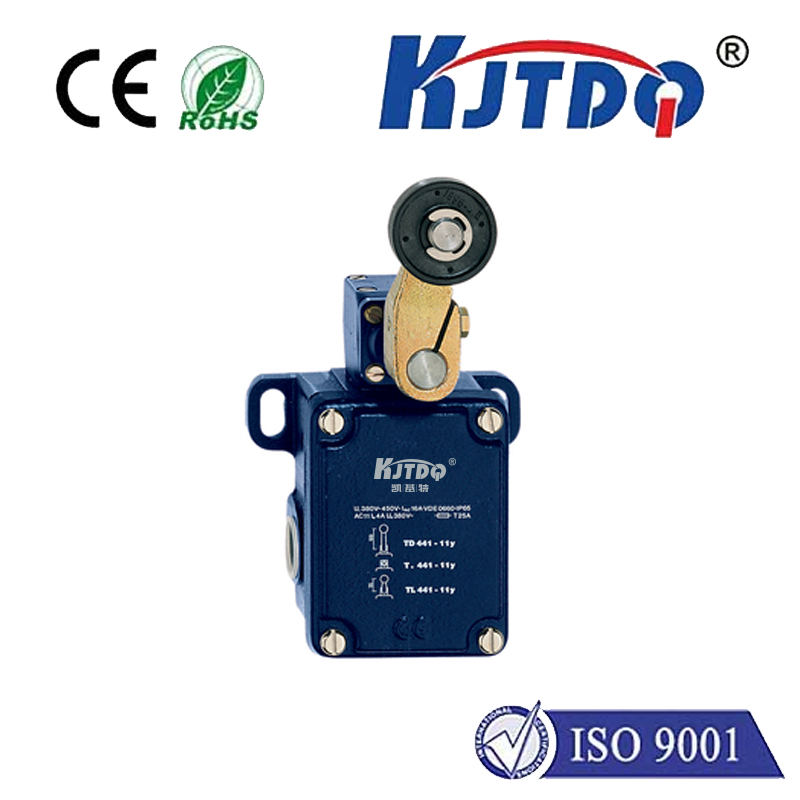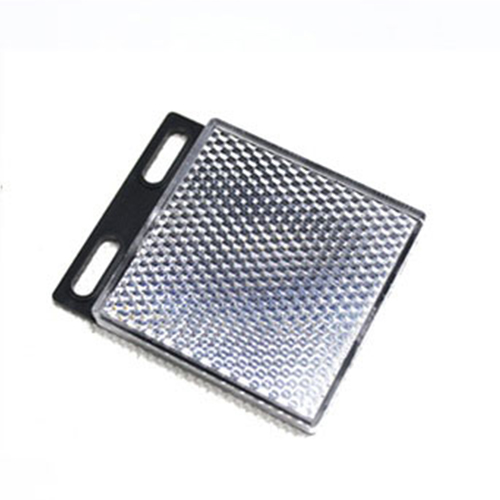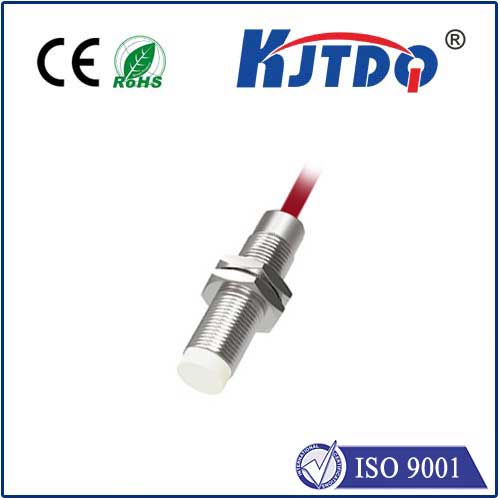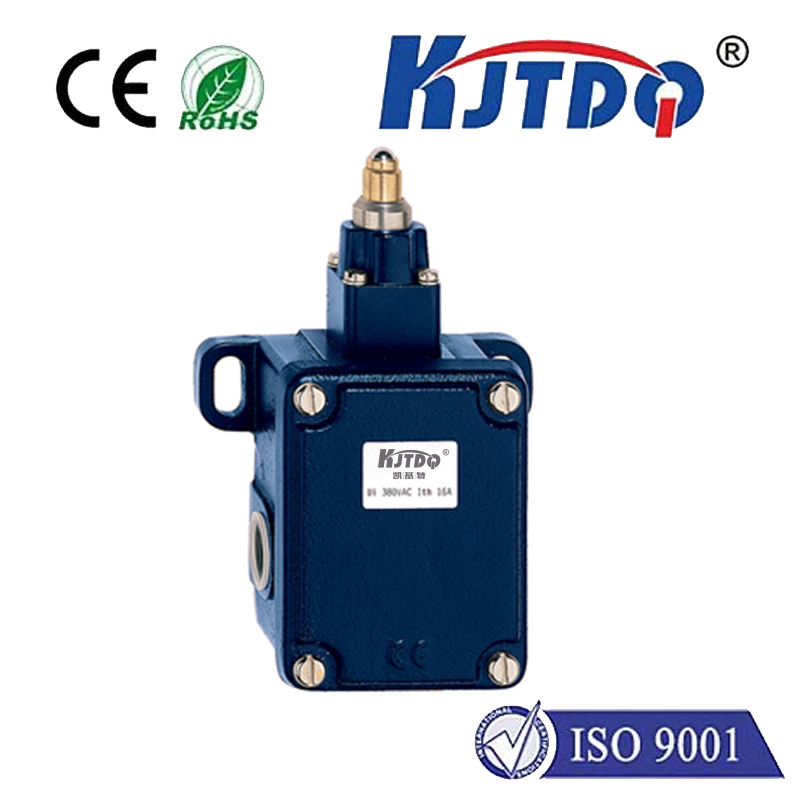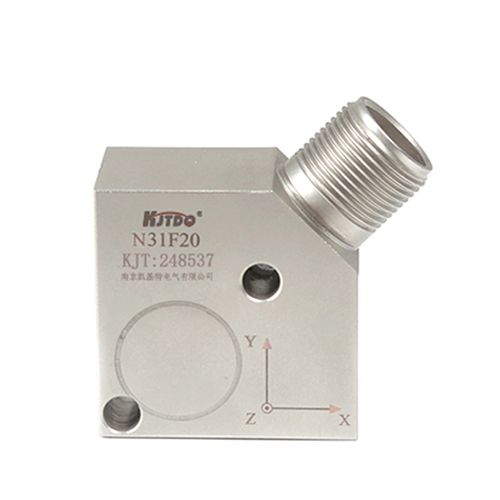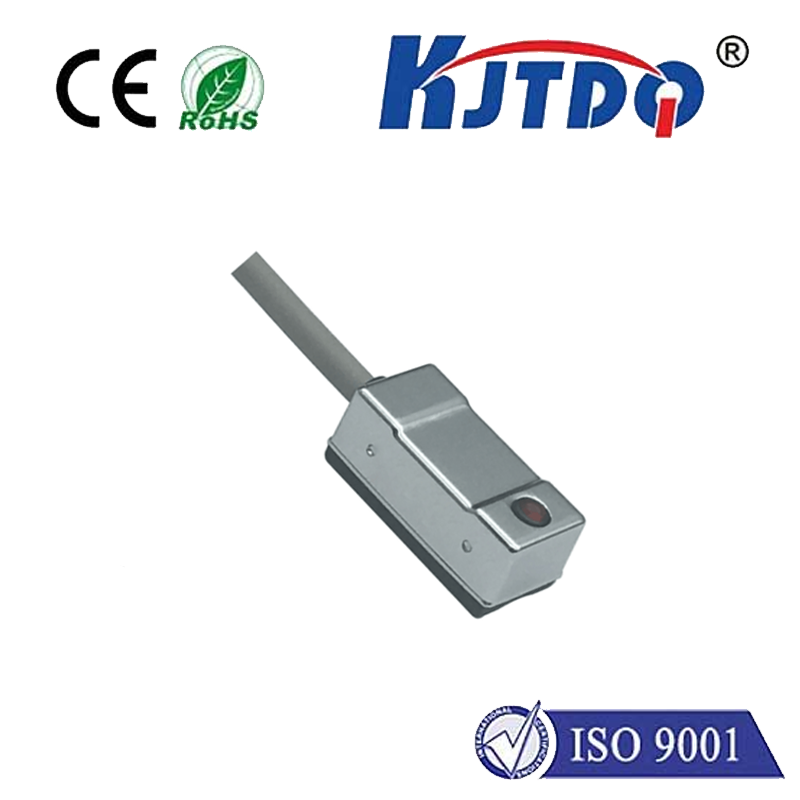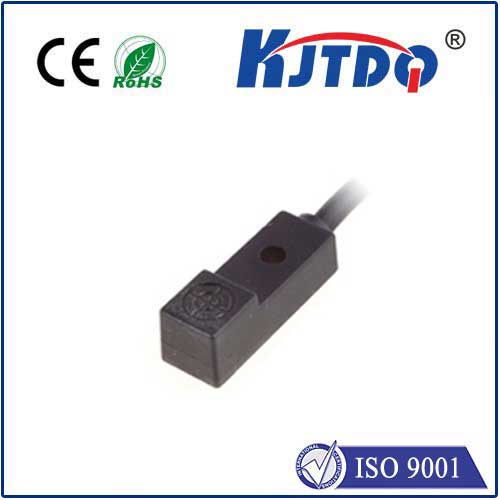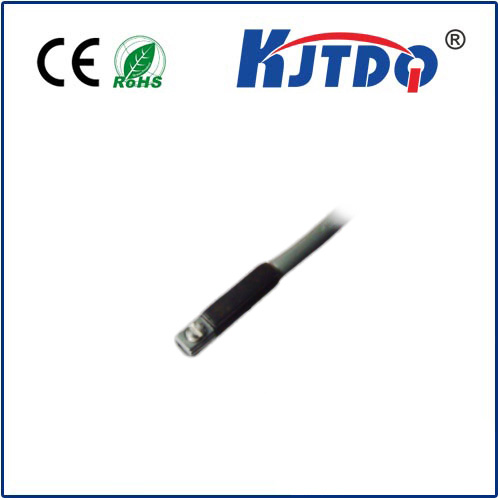

check

check

check

check

check

check

check

check

check

check
Body: In recent years, the use of square proximity sensors has gained significant traction across a wide range of industries. These small yet powerful devices offer unparalleled accuracy, reliability, and versatility, making them an indispensable tool for various applications. This article delves into the functionalities, benefits, and use cases of square proximity sensors, highlighting their potential to revolutionize the way we interact with our environment.
One of the key advantages of square proximity sensors is their ability to detect and measure physical distances accurately. Whether it's tracking the movements of people, measuring the distance between objects, or monitoring the presence of obstacles, these sensors can provide reliable data in real-time. Additionally, they are highly configurable, allowing users to customize their settings based on specific requirements. This flexibility makes them suitable for a variety of applications, from industrial automation to consumer electronics.
In industrial settings, square proximity sensors are commonly used for process control, material handling, and safety monitoring. By detecting the presence or absence of people or objects, these sensors help prevent accidents and ensure optimal operational efficiency. They can also be used for inventory management, tracking the movement of goods within a warehouse, and optimizing supply chain operations. In healthcare, square proximity sensors are employed for patient monitoring, drug delivery systems, and surgical procedures. Their ability to detect body heat and other physical cues makes them valuable tools for medical professionals.
In the realm of consumer electronics, square proximity sensors are ubiquitous in mobile devices such as smartphones and tablets. They play a crucial role in enabling touchless interaction with screens by sensing gestures and providing feedback to the device. For example, popular apps like Apple's Siri and Google Assistant use square proximity sensors to detect when users want to interact with their devices and respond accordingly. Other applications include gesture controls for smart homes and wearable technologies like smartwatches.
Overall, the applications of square proximity sensors are virtually limitless, offering endless possibilities for innovation and creativity. As technology continues to advance, it is likely that we will see even more innovative uses of these devices in the future. Whether it's enhancing our daily lives or revolutionizing entire industries, square proximity sensors are poised to play a significant role in shaping our world.
